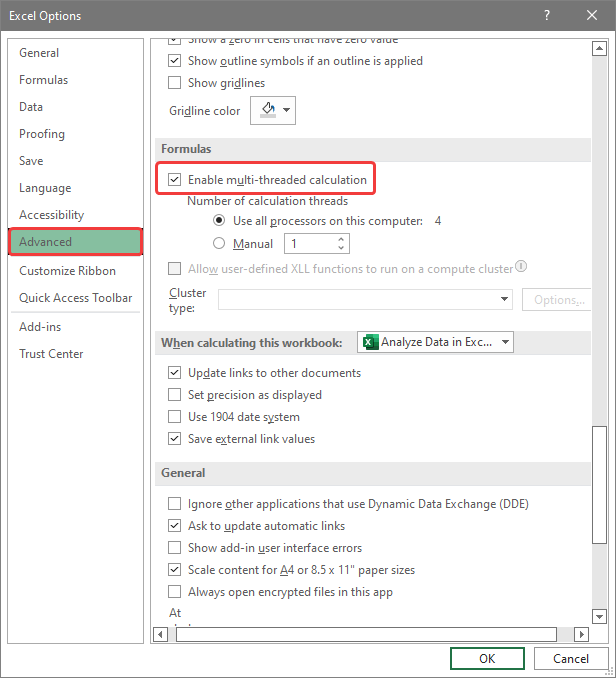5 Ways to Create Graphs on Separate Excel Sheets

When working with extensive datasets in Microsoft Excel, visualizing data through graphs becomes not just a matter of convenience but often a necessity for understanding trends and communicating insights effectively. However, cluttered sheets filled with multiple charts can lead to confusion and inefficiency. A smarter approach involves creating graphs on separate sheets within the same workbook. Here are five detailed methods to achieve this goal:
1. Manual Graph Creation on New Sheets

The most straightforward method is to manually create graphs on new sheets. Here’s how you can do it:
- Select Data: First, highlight the data range you want to graph.
- Create Graph: Navigate to the 'Insert' tab, choose your desired chart type, and insert the graph onto the existing sheet.
- Move to New Sheet:
- Right-click on the chart.
- Select 'Move Chart' from the context menu.
- In the dialog box, choose 'New Sheet' and give it a name like 'Sales Overview'.
🔍 Note: Remember to label your new sheet clearly, so you can quickly identify which data set it represents.
2. Using Excel VBA Macros

For those familiar with VBA (Visual Basic for Applications), automating the creation and separation of charts can save a significant amount of time:
- Open VBA: Press 'Alt + F11' to open the VBA editor.
- Insert Module: Go to Insert > Module to create a new module.
- Write Macro: Use the following VBA code to generate a chart on a new sheet:
Sub CreateChartOnNewSheet()
Dim wsData As Worksheet
Dim wsChart As Worksheet
Dim chrt As Chart
Set wsData = ThisWorkbook.Sheets("Sheet1") 'Change "Sheet1" to your data sheet name
Set wsChart = ThisWorkbook.Sheets.Add
wsChart.Name = "Chart Sheet"
With wsChart
Set chrt = .ChartObjects.Add(Left:=50, Width:=375, Top:=50, Height:=225).Chart
With chrt
.SetSourceData wsData.Range("A1:B10") 'Change this range to your data range
.ChartType = xlColumnClustered
End With
End With
End Sub
After entering this code, you can run the macro to automatically create a chart on a new sheet. This method is highly customizable; you can adjust the code to create different chart types or to automate other aspects of Excel usage.
3. Power Query and PivotChart

Power Query in Excel, along with PivotCharts, provides a powerful way to manage and visualize data:
- Load Data: Use Power Query to import and clean your data, or load data from external sources.
- Create PivotTable: Insert a PivotTable in a new worksheet.
- Create PivotChart: From within the PivotTable, insert a PivotChart and use the 'Options' tab to move the chart to a new worksheet if needed.
⚠️ Note: Power Query allows you to refresh data, meaning your charts can automatically update as your data changes.
4. Chart Templates for Consistency

If your workbook requires multiple charts with similar formatting, consider using chart templates:
- Create and Customize Chart: First, make a chart with the desired style and settings.
- Save as Template:
- Right-click the chart, select 'Save as Template'.
- Save it with an intuitive name.
- Insert Chart from Template: When you need to create another similar chart, simply choose your saved template from the chart options, and place it on a new sheet.
| Step | Action |
|---|---|
| 1 | Design your chart |
| 2 | Save as template |
| 3 | Use template to insert on new sheet |

5. Dynamic Named Ranges for Data Sources

Dynamic named ranges allow for charts to automatically adjust as data grows or shrinks, keeping them updated:
- Define Named Range: Go to Formulas > Define Name, then create a range that automatically adjusts, e.g., with the formula
=OFFSET(Sheet1!$A$1,0,0,COUNTA(Sheet1!$A:$A),1). - Chart Setup: Use this named range as the chart data source.
- Create Chart: Insert the chart as usual, then move it to a new sheet by right-clicking and selecting 'Move Chart' to a new sheet.
The flow of this method ensures that your charts are not only organized but also require minimal updates as your dataset evolves.
In summary, organizing charts on separate Excel sheets can enhance the clarity and usability of your workbook. Whether through manual methods, automation via VBA, or leveraging Excel's built-in tools like Power Query and dynamic ranges, there are multiple approaches to streamline your data visualization efforts. Remember to use these methods judiciously to match your specific data presentation needs, improving both the efficiency of your workflow and the comprehensibility of your data for all stakeholders involved.
Why should I use separate sheets for graphs?

+
Using separate sheets for graphs helps in keeping your workbook organized, reduces clutter, and makes it easier to manage and update visualizations independently of the raw data.
Can I automate chart creation entirely?

+
Yes, with VBA macros, you can automate the creation, formatting, and placement of charts on new sheets to a high degree, which is particularly useful when dealing with large datasets or repetitive tasks.
How do I update charts when my data changes?

+
By using dynamic named ranges or Power Query, charts can automatically reflect changes in the underlying data, ensuring your visualizations stay current without manual intervention.



